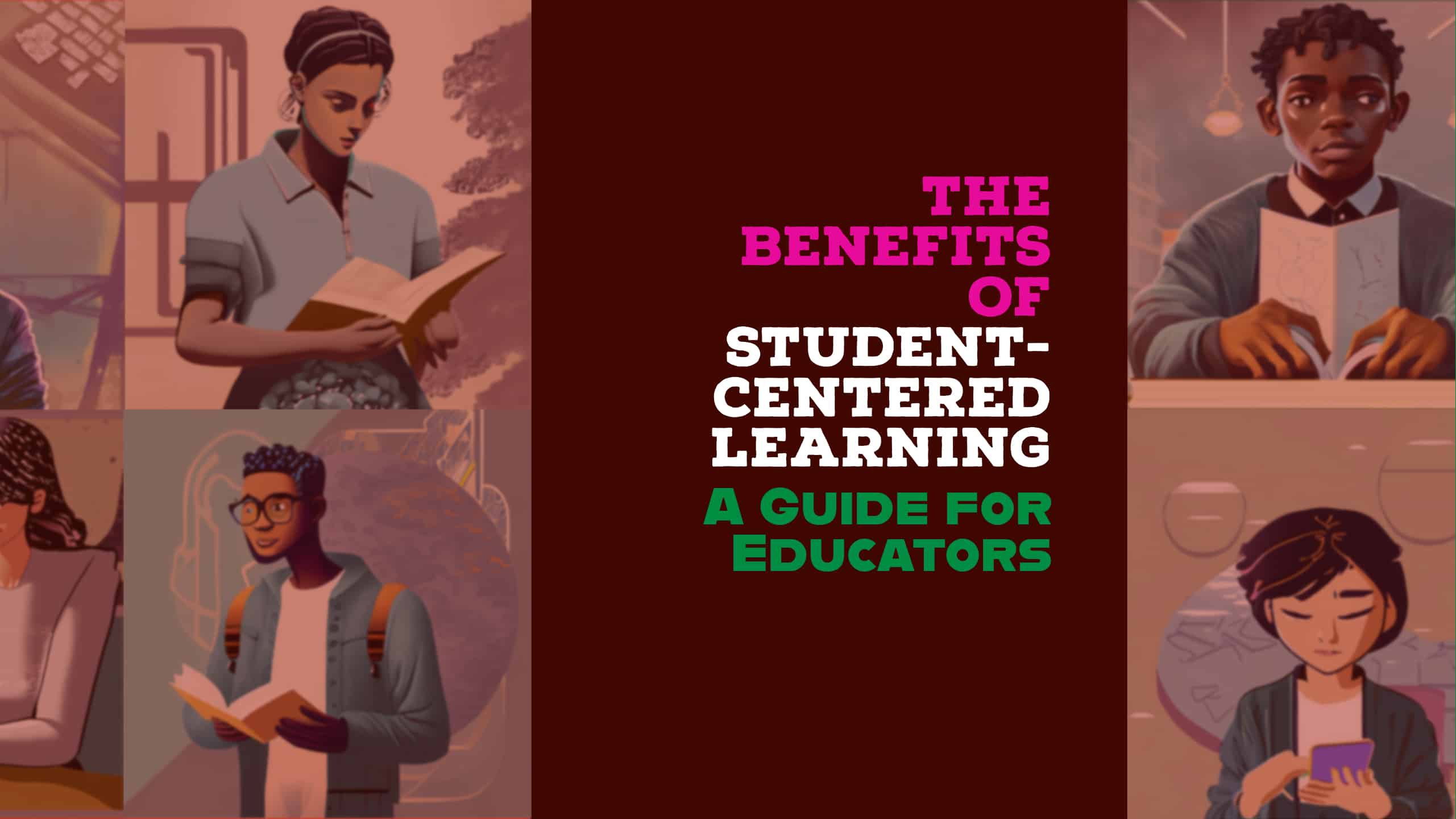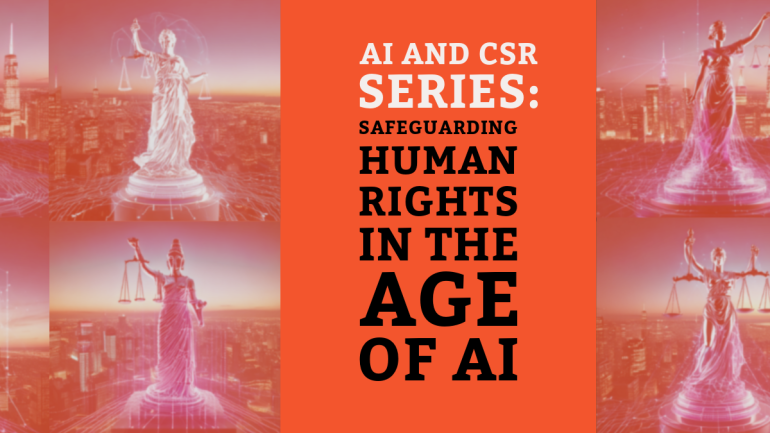This website uses cookies so that we can provide you with the best user experience possible. Cookie information is stored in your browser and performs functions such as recognising you when you return to our website and helping our team to understand which sections of the website you find most interesting and useful.
Table of Contents
You may also interested:
TL;DR: The Benefits of Student-Centered Learning
- Student-Centered Learning Redefines Education: Shifts focus to active student participation for a more engaging learning environment.
- Active and Personalized Methods: Incorporates diverse strategies to cater to individual learning styles and needs.
- Benefits Beyond the Classroom: Enhances engagement, fosters critical thinking, and prepares students for real-world challenges.
- Empowering Students and Educators: Offers a transformative experience, encouraging lifelong learning and growth.
What Is Student-Centered Learning?
Imagine a classroom where every student feels seen, heard, and valued. This is the essence of student-centered learning, a transformative approach that places students at the heart of the educational experience. In today’s rapidly evolving educational landscape, why is this approach gaining such momentum? Let’s dive into the world of student-centered learning, explore its principles, and understand why it’s becoming an indispensable part of modern education.
Understanding Student-Centered Learning
A. The Core of Student-Centered Learning
At its core, student-centered learning pivots around the unique needs, interests, and learning styles of each student. But what sets it apart from traditional teaching methods? It’s an educational paradigm that believes in the power of active participation, personalized learning paths, and the fostering of critical thinking and problem-solving skills. How does this approach redefine the roles of students and teachers in the learning process?
B. Student vs. Teacher-Centered Approaches
Contrast this with the traditional teacher-centered approach, where lectures dominate and students are passive recipients of information. Student-centered learning turns this model on its head. Here, the teacher becomes a facilitator, guiding and supporting students in their learning journey. But what are the tangible benefits of this shift?
C. Elements of Student-Centered Pedagogy
The pedagogy of student-centered learning is rich and diverse. It encompasses strategies like collaborative learning, inquiry-based activities, and differentiated instruction. Each element plays a vital role in creating an engaging and responsive learning environment. But how can educators effectively integrate these elements into their teaching practice?
D. Why Adopt Student-Centered Learning?
Embracing student-centered learning isn’t just a passing trend. It’s about nurturing a learning culture that respects and responds to diverse learning needs, preparing students for a complex, interconnected world. How can this approach make a difference in your classroom?
Strategies for Implementing Student-Centered Learning
A. Active Learning: Engaging Students in the Process
Active learning is about getting students involved and thinking. Techniques like group discussions and problem-solving activities are not just engaging; they’re effective in deepening understanding. But how can you weave these techniques into your daily lesson plans?
B. Personalized Learning: Catering to Individual Needs
Every student is unique, and personalized learning recognizes this. By tailoring instruction to meet individual needs, we can optimize the learning experience for each student. How does technology play a role in this, and what are the benefits?
C. Collaborative Learning: Building Skills Together
Collaboration is key in student-centered learning. It’s about creating opportunities for students to work together, share ideas, and build skills collectively. But what strategies can you use to encourage effective collaboration in your classroom?
D. Inquiry-Based Learning: Encouraging Curiosity
Inquiry-based learning stimulates curiosity and encourages students to seek answers and solutions. This approach requires careful planning and facilitation by the teacher. What does an inquiry-based lesson look like, and how can it transform your teaching?
E. Differentiated Instruction: Teaching to Diversity
Differentiated instruction acknowledges that students learn in different ways and at different paces. By differentiating your instruction, you can meet the diverse needs of your students. What are some strategies for differentiation, and why is ongoing assessment crucial?
The Benefits of Student-Centered Learning
A. Enhanced Student Engagement: A More Vibrant Classroom
Student-centered learning transforms the classroom into a dynamic environment where students are deeply involved in their learning process. This method aligns with the ‘Self-Determination Theory’ by Deci and Ryan, which emphasizes the importance of autonomy, competence, and relatedness in fostering intrinsic motivation.
When students are given a voice and choice in their learning, they feel a sense of ownership and empowerment. This leads to higher levels of engagement, as students are not just passive recipients but active contributors to their learning journey. The impact? Increased attendance, deeper understanding of subjects, and an overall enriched learning experience.
B. Developing Critical Thinkers: Beyond Memorization
In student-centered learning, the focus shifts from rote memorization to developing critical thinking skills. This approach aligns with Bloom’s Taxonomy, a framework that categorizes thinking skills from lower-order (remembering and understanding) to higher-order (analyzing, evaluating, and creating).
By engaging students in activities that require them to analyze information, synthesize ideas, and create new understanding, educators are nurturing critical thinkers who are prepared to tackle complex problems. This not only benefits students academically but also prepares them for the challenges of the real world, where critical thinking is an invaluable skill.
C. Collaboration and Communication: Skills for the Future
The emphasis on collaborative learning in student-centered education is a response to the increasing importance of teamwork and communication in the 21st-century workplace. The Vygotsky’s social learning theory underpins this aspect, suggesting that social interaction plays a fundamental role in the development of cognition.
By working in groups, students learn to communicate effectively, listen to different perspectives, and build on each other’s ideas. These collaborative experiences prepare students for a future where teamwork and effective communication are key components of success in both personal and professional realms.
D. Personalized Growth: Meeting Each Student Where They Are
Personalized learning, a hallmark of student-centered education, addresses the unique needs, interests, and learning pace of each student. This approach is in line with Gardner’s Multiple Intelligences Theory, which posits that students have different kinds of intelligences and learning styles.
By tailoring instruction to meet these diverse needs, educators can foster a deeper level of understanding and connection with the material. This personalized approach not only leads to improved academic performance but also enhances students’ self-esteem and confidence. It acknowledges and celebrates the individuality of each student, paving the way for their personal and academic growth.
Conclusion:
Student-centered learning is a powerful approach that benefits both educators and students. It fosters engagement, critical thinking, collaboration, and personalized growth. Educators are encouraged to embrace this approach to create more dynamic, responsive, and effective learning environments. This blog post, rich with strategies and real-life examples, serves as a comprehensive guide for any educator looking to implement student-centered learning in their classroom.
FAQs on Student-Centered Learning
- What is Student-Centered Learning?
- Student-centered learning is an educational approach that focuses on the needs, abilities, interests, and learning styles of the student, rather than the teacher-led instruction.
- How does Student-Centered Learning differ from traditional teaching methods?
- Unlike traditional methods that rely on teacher-led instruction, student-centered learning emphasizes active participation, collaboration, and personalized learning paths for students.
- What are some effective strategies for implementing Student-Centered Learning?
- Effective strategies include active learning techniques like group discussions, personalized learning tailored to individual needs, collaborative projects, inquiry-based activities, and differentiated instruction.
- Can Student-Centered Learning improve student engagement?
- Yes, student-centered learning significantly enhances student engagement by involving students actively in their learning process, making education more relevant and interesting to them.
- Is Student-Centered Learning beneficial in developing real-world skills?
- Absolutely, it fosters critical thinking, problem-solving, collaboration, and communication skills, which are essential in the 21st-century workforce and real-world scenarios.





